Everybody has their glory memory from Cheltenham this year. Some celebrate the extraordinary seven victories for the quietly confident Willie Mullins, together with such versatile horses as Douvan and Annie Power. Others will forever remember a misty-eyed Nicky Henderson greeting Sprinter Sacre after his Champion Chase victory enabled the most handsome idol in training to leap back onto his pedestal after two injury-dogged years. Then there was the Rolls-Royce supercharger effort that saw Thistlecrack surge clear of his field in the World Hurdle.
I carry one other image, an image conjured up for me by the great French trainer François Doumen, who won a Gold Cup with The Fellow in 1994 after two agonisingly close defeats. As he parked his car the morning we spoke, the elegant M Doumen was recognised by racegoers. Within two minutes he was the centre of a small group of 20-odd who brought tears to his eyes by breaking spontaneously into a chorus of ‘The Marseillaise’. At Cheltenham they don’t forget their heroes, even if those racegoers might have been stretched to manage a second verse.
For me it was a disastrous Cheltenham financially. John Ferguson’s horses all ran decent races but didn’t make the frame, while I kept punting on the assumption that the luck of a superb rider who has been flying all season simply had to change. It didn’t. Champion jockey-elect Richard Johnson finished the meeting with figures of 00F00F00F30PP000PF. As for the Gold Cup, I wrote here after the Grand National meeting last year: ‘Don Cossack, trained by the building storm-wave that is Gordon Elliott, looked like a future winner of the Gold Cup.’ And what did I do? I backed Michael O’Leary’s other runner Don Poli, who couldn’t go the early pace and finished third to Don Cossack.
Preparing for this year’s National I have much enjoyed historian John Pinfold’s comprehensive new chronicle Aintree: The History of the Racecourse (Medina, £30). While charting the history of every fence, analysing the make-up of the Aintree crowds over the years and singling out the horses which proved true Aintree specialists, he explains in detail the safety changes which have followed various animal welfare campaigns. He also explains more clearly than has been done before and with admirable balance the machinations behind Mrs Mirabel Topham’s efforts to sell the course and the series of ‘last’ Grand Nationals. We tend now to forget how the future of the most famous race in the world hung in the balance for several years until the decaying course was rescued first by Ladbrokes and then by the Jockey Club.
Every few pages you come across some new detail worthy of a sporting quiz: no more gorse was used in the fences after 1971. Flat racing ended in 1976. The course became known as Aintree rather than Liverpool (something Liverpool City Council must surely have regretted) in 1990. Why did Aintree become a motor racing track as well in 1954? Mrs Topham said, ‘Dire necessity.’ She had persuaded Lord Sefton to sell the course, reckoning that if the racing foundered she had more hope of turning a profit as the owner not the lessee of valuable building land but had considerable trouble making the mortgage payments her company owed. It is intriguing to note that in winning the British Grand Prix at Aintree in 1955 Stirling Moss set a new lap record — of 90 mph, and that one of the competitors on the track was a certain Roy James, later infamous as the Great Train Robbery getaway driver.
John Pinfold reveals how Mrs Topham was infuriated at what she saw as racing officialdom’s preference for Cheltenham and by its acceptance of what she called ‘whimsical’ sponsorship there by the Hennessy family whose Gold Cup, now at Newbury, remains the longest-running example of racecourse sponsorship. (She never treated her sponsors well, which was why Schweppes among others did not persevere at Aintree.) She also sought to involve local MP Harold Wilson in his days as Prime Minister, revealingly noting in one of the letters she sent him urging the creation of a National Lottery linked to the Grand National: ‘Like you, I am not a racing fan.’
John Pinfold’s detailed and well-illustrated work will surely become the book of reference on Grand National history. So what to go for if you want to raise the purchase price from this year’s race? Back in October my National hopefuls were Saint Are, The Druid’s Nephew and Broadway Buffalo. Were Saint Are to win it would be a fine consolation for Paddy Brennan after he and Cue Card fell when taking the lead in this year’s Gold Cup. But the horse they all have to beat after his fine preparation is last year’s winner, Oliver Sherwood’s Many Clouds. Most bookmakers will pay places on the first five so my idea of those to include are Many Clouds, The Last Samurai (once one of our Twelve to Follow), Saint Are (still available as I write at 33-1), The Druid’s Nephew and Kruzhlinin.
Got something to add? Join the discussion and comment below.
Get 10 issues for just $10
Subscribe to The Spectator Australia today for the next 10 magazine issues, plus full online access, for just $10.

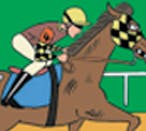
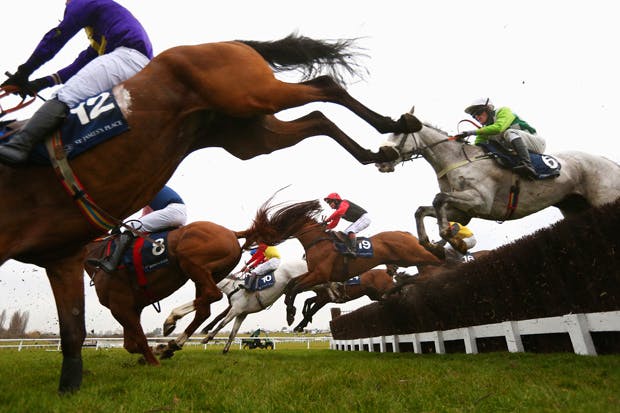
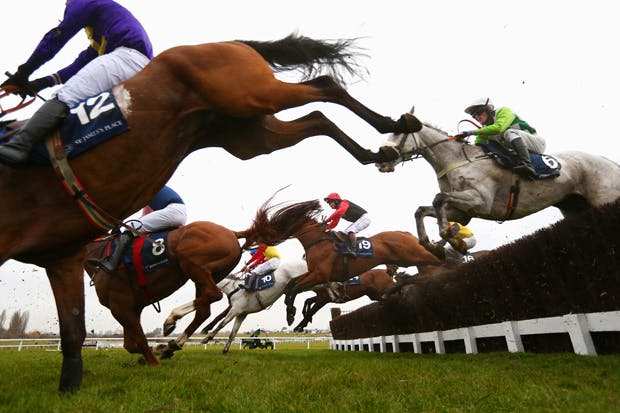
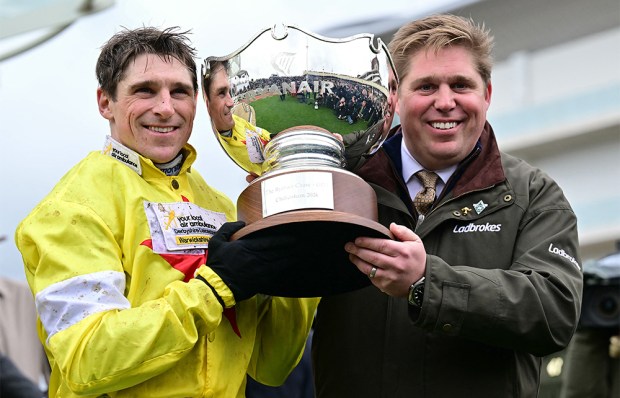
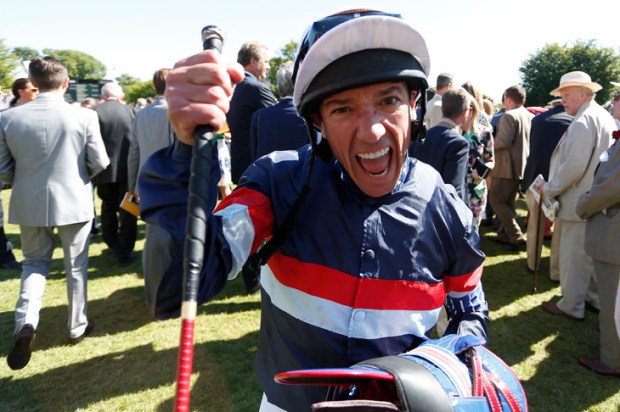
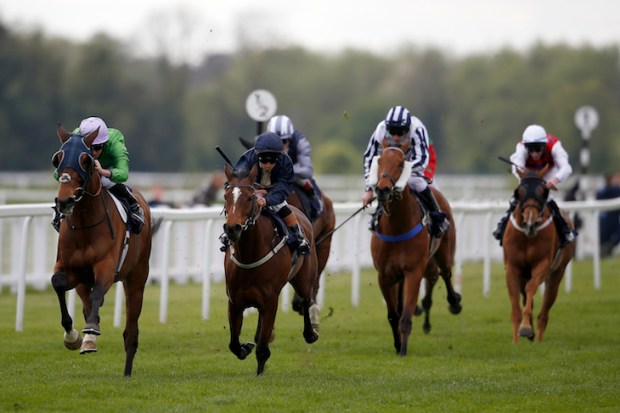
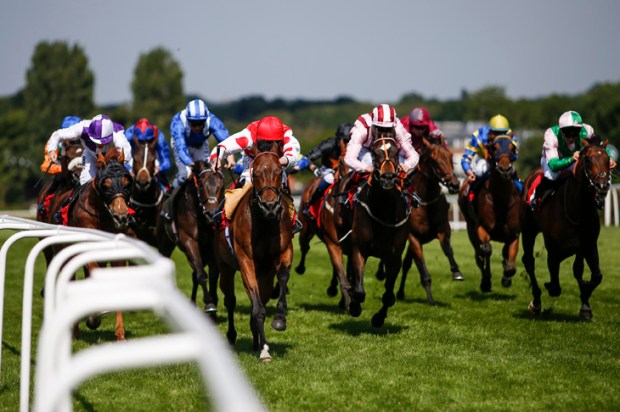
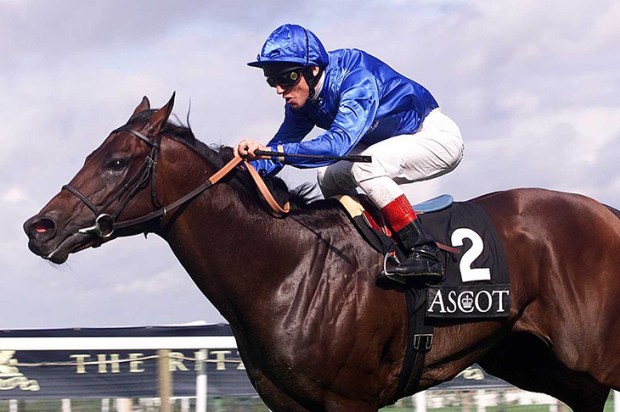






Comments
Don't miss out
Join the conversation with other Spectator Australia readers. Subscribe to leave a comment.
SUBSCRIBEAlready a subscriber? Log in